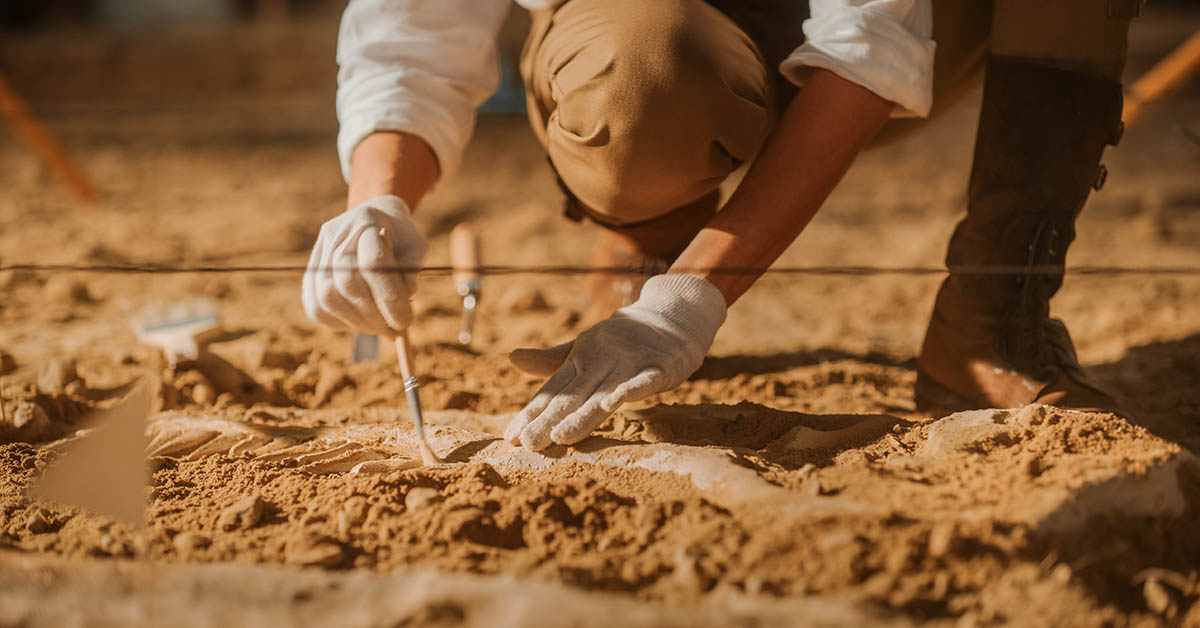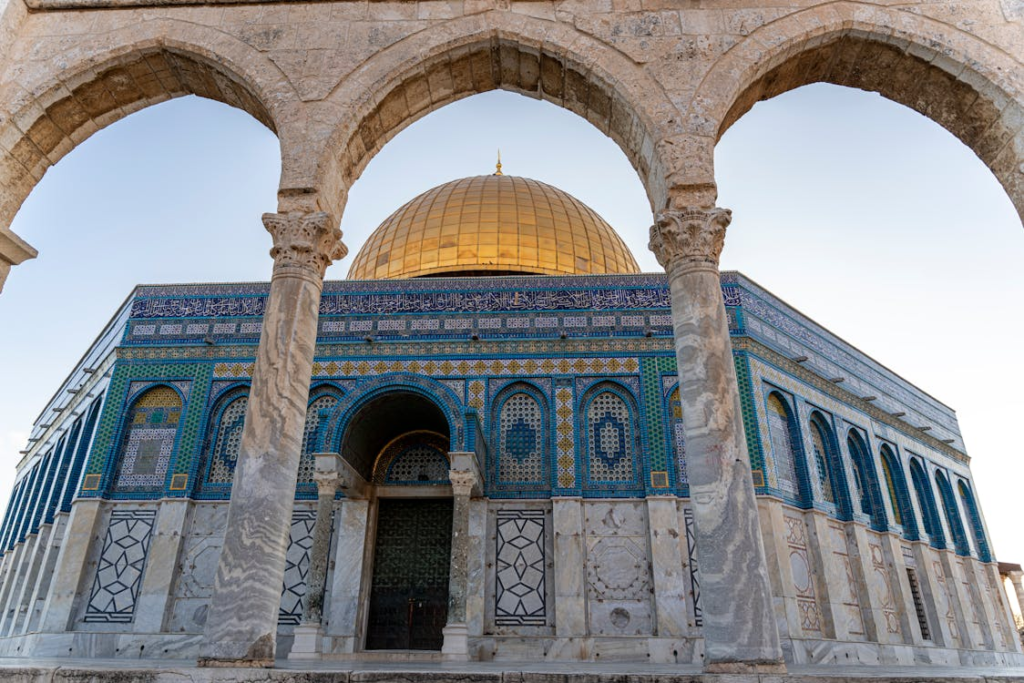Ancient Ruin Is Proof That The Bible Story is Real, Experts Claim
For many years, experts believed that a long stretch of wall in the heart of ancient Jerusalem was built by Hezekiah, the King of Judah. This wall was thought to be a defensive measure against the Assyrian Empire after the fall of the nearby Kingdom of Israel. However, recent research conducted over nearly a decade has turned this story around. The findings now suggest the wall was constructed by Hezekiah’s great-grandfather, King Uzziah, following a massive earthquake, lining up with what the Bible describes.

Reassessing Historical Narratives Taken From The Bible
In the past, it was commonly believed that this wall was built during Hezekiah’s reign to fend off Sennacherib from Assyria. The new study, however, dates it back to just after a massive earthquake that hit Jerusalem. This discovery challenges old assumptions, urging historians to reassess the city’s defensive structures and timelines.
Biblical Corroboration

The Old Testament, specifically the Second Book of Chronicles, offers valuable details about King Uzziah’s fortification efforts. Descriptions of strategically placed towers in Jerusalem match up well with the archaeological findings, adding credibility to the biblical stories about the city’s defenses and development.
Scientific Validation of The Bible Readings Through Carbon Dating
A combined team from Israel Antiquities Authority (IAA), Tel Aviv University, and the Weizmann Institute of Science used advanced carbon-14 dating techniques to determine the age of the ancient wall. They overcame previous dating problems caused by changes in atmospheric carbon levels, using data from old European tree rings to improve accuracy. This innovative approach has provided incredibly detailed insights into Jerusalem’s ancient past.
Unveiling Jerusalem’s Demographic Evolution
Besides rethinking the construction timeline of Jerusalem’s defenses, the research also sheds light on the city’s demographic and spatial growth. Unlike previous beliefs that tied expansion mainly to newcomers after the Assyrian exile, the findings suggest internal growth within Judean society as a major factor. This changes older narratives, showing that it was internal dynamics that played a key role in shaping Jerusalem’s landscape.
Expanding Historical Horizons

The study doesn’t just change views on defensive architecture and urban development; it also deepens our understanding of Jerusalem during critical historical times. By linking certain structures with biblical accounts, researchers highlight the city’s importance during the reigns of David and Solomon. This enriches our grasp of ancient Judean history and Jerusalem’s enduring significance.
Reflections on the Kingdom of Judah
The findings not only give us a deeper understanding of Jerusalem’s past but also place the Kingdom of Judah in a broader historical context of the ancient Near East. As the kingdom faced many challenges, including the eventual Babylonian siege and destruction, the insights from this research offer valuable perspectives on the kingdom’s resilience, cultural legacy, and lasting significance.
In summary, uncovering the true origins of Jerusalem’s ancient wall illustrates the ongoing relationship between archaeological evidence and biblical stories. This enriches our understanding of Jerusalem’s rich history and reaffirms its crucial place in history.
Latest stories on technology, innovation, sustainable living, entertainment and culture.




